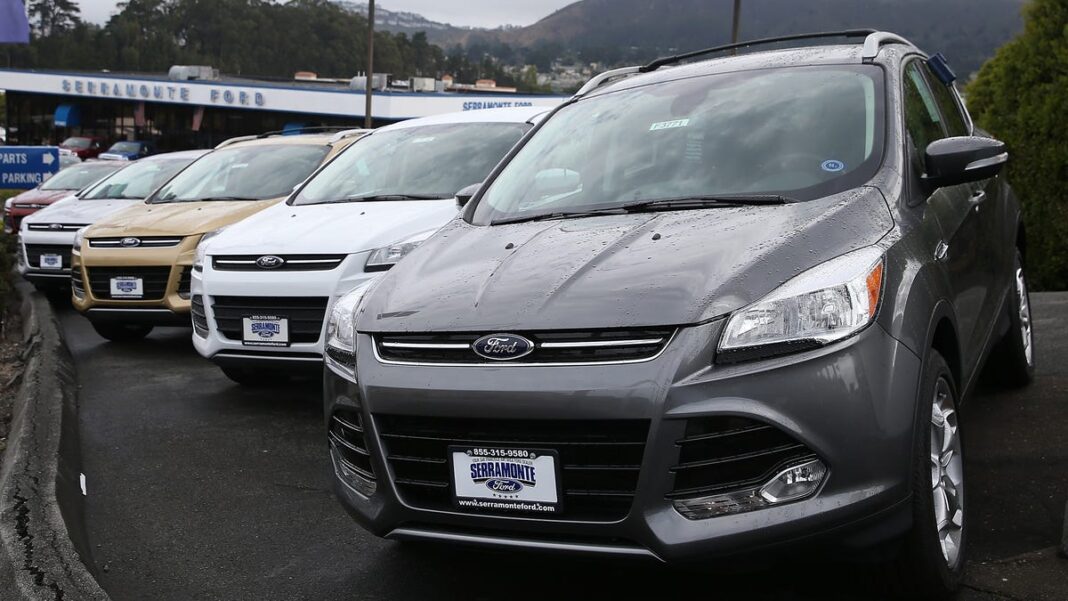Investigators look into potential braking issues in over 360,000 Ford SUVs
The National Highway Traffic Safety Administration is examining around 368,000 vehicles due to a potential failure in the rear brake hose
Auto safety officials are currently investigating over 360,000 Ford crossover SUVs after receiving reports about brake system malfunctions.
Specifically, there have been 36 complaints concerning 2015-2017 Ford Edge models that showed issues with braking. According to the National Highway Traffic Safety Administration (NHTSA), the investigation covers approximately 368,000 vehicles experiencing potential rear brake hose failures that could hinder a vehicle’s emergency stopping ability.
Although a formal recall has yet to be initiated, the ongoing investigation is aimed at figuring out the extent and seriousness of the reported problem and understanding any possible safety implications.
The Ford Motor Company has informed YSL News that it is collaborating with the NHTSA throughout this inquiry.
In a related incident back in 2020, Ford recalled nearly 488,000 Ford Edge and Lincoln MKX vehicles due to similar brake hose issues, as reported by Reuters.
Recall for over 130,000 Ram vehicles and 27,000 Tesla Cybertrucks
The announcement of this investigation coincides with a recall of nearly 130,000 Ram 1500 vehicles due to a malfunction in the turn signal.
Chrysler’s parent company, Stellantis, is recalling 129,313 of its 2023-2024 Ram 1500 trucks because their turn signal self-cancel feature may not work correctly, per the NHTSA report.
A malfunctioning turn signal could prevent drivers from signaling their intent to change lanes or turns, raising the risk of accidents, while also violating Federal Motor Vehicle Safety standards.
The NHTSA has also called back 27,185 Tesla 2024 Cybertruck vehicles due to potential failures in the rearview camera.
Tesla reported that “the rearview camera image may experience a delay upon shifting into reverse.” This delay or failure to display may prevent drivers from adequately seeing behind their vehicles, which could increase the chances of a collision, according to the report.

